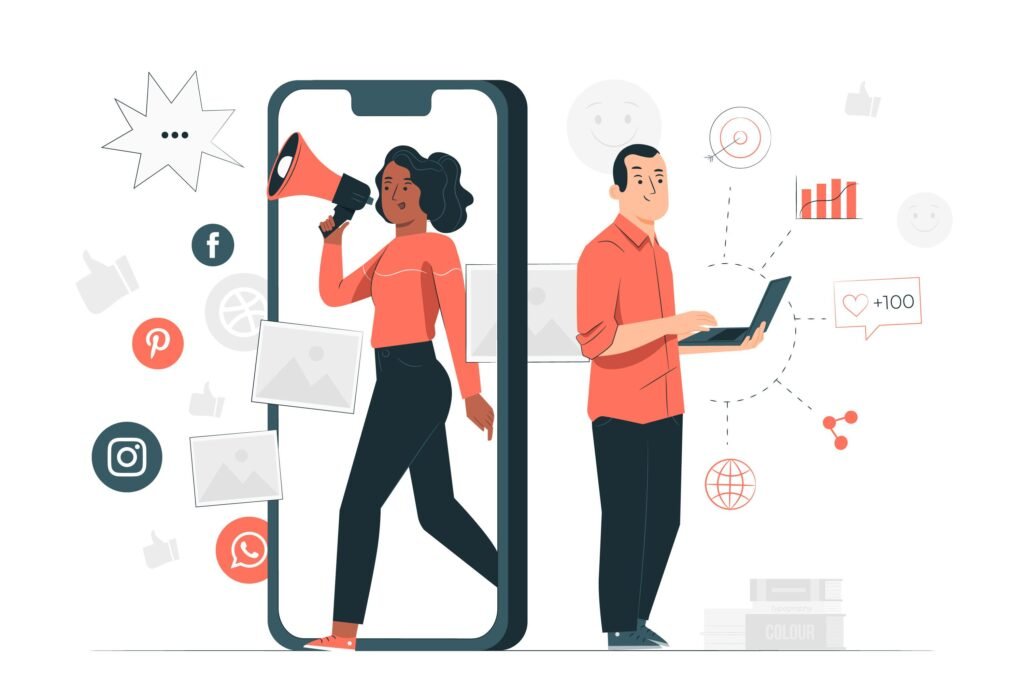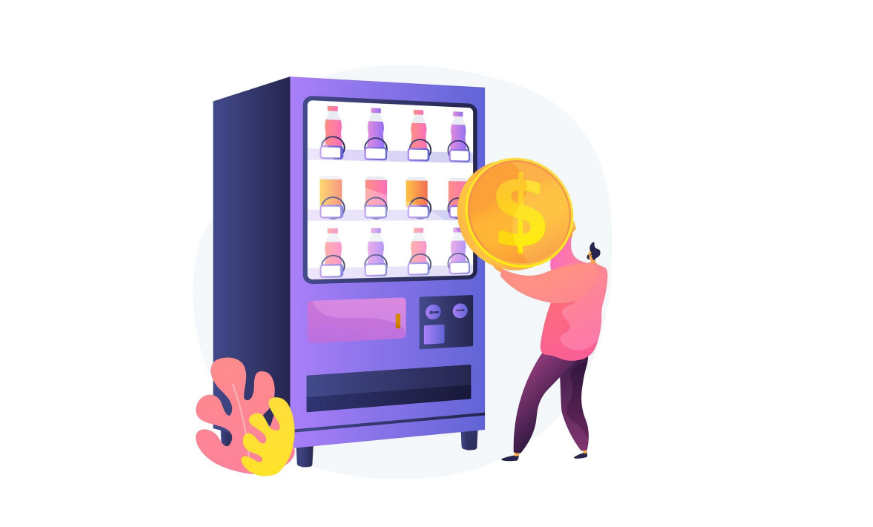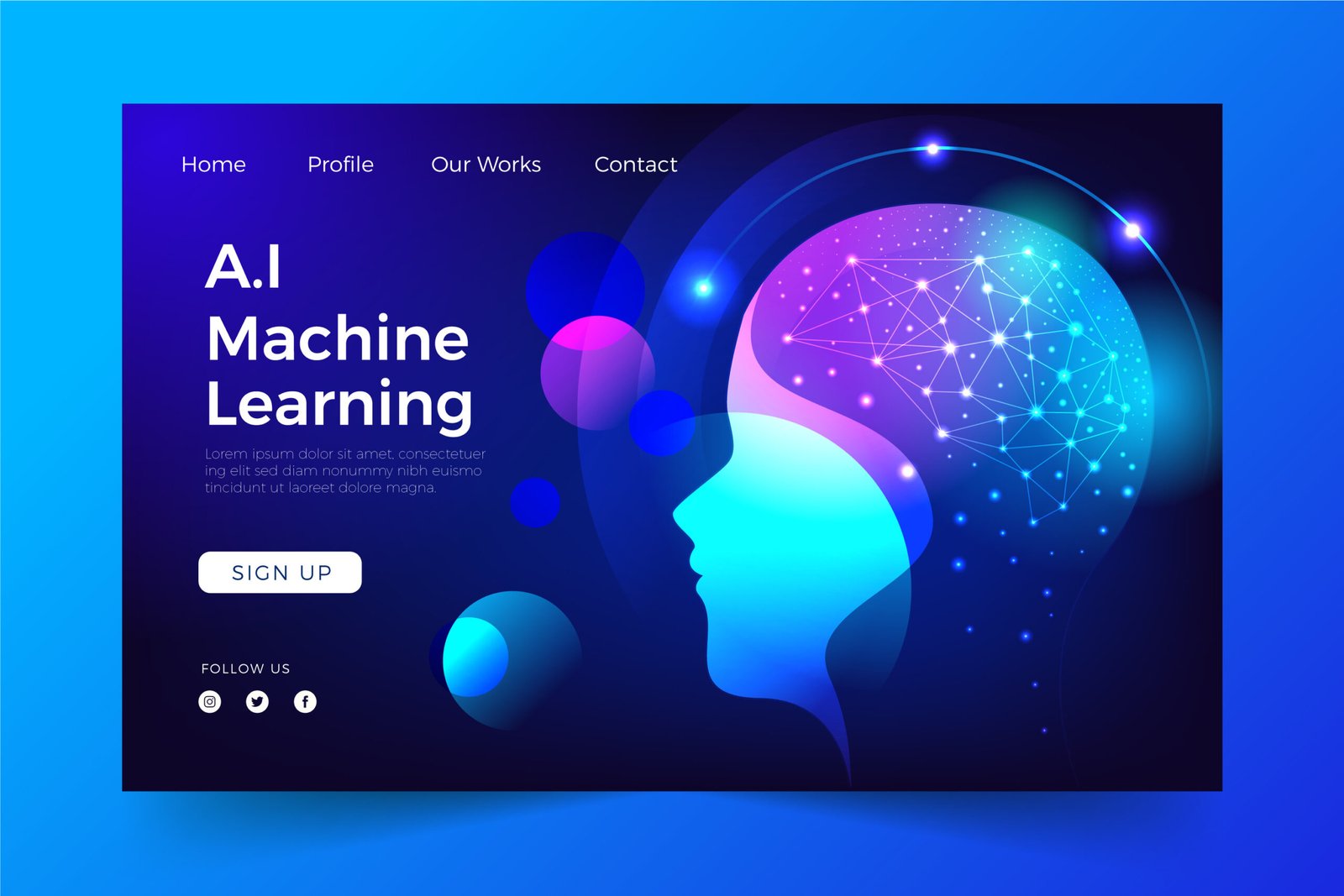B2B marketing has evolved beyond cold emails, trade shows, and static brochures. In today’s hyper-connected world, trust and credibility drive business decisions. And one of the most powerful strategies to build that trust? B2B influencer marketing.
Often associated with flashy consumer campaigns, influencer marketing is now gaining ground in the B2B space. But it’s not about celebrities or Instagram likes. It’s about thought leaders, industry experts, and niche voices who hold sway over decision-makers.
In this post, we’ll explore why B2B influencer marketing works, how to find the right influencers, and how to run campaigns that create real, measurable growth.
What Is B2B Influencer Marketing?
At its core, B2B influencer marketing is about partnering with individuals who have influence over your target audience. These influencers are usually subject-matter experts, consultants, analysts, tech evangelists, or executives who have earned trust in a specific niche.
Unlike B2C influencers who focus on product endorsements, B2B influencers help by:
- Educating audiences about complex topics
- Validating product capabilities
- Driving awareness and interest through webinars, blogs, podcasts, and LinkedIn posts
Their endorsement isn’t driven by glamor. It’s rooted in knowledge, experience, and relevance.

Why B2B Influencer Marketing Works
1. Trust Drives B2B Buying
Decision-makers rely heavily on peer recommendations, expert reviews, and third-party validation. According to Edelman, B2B buyers trust influencers and industry experts more than brand messaging or ads.
2. B2B Sales Cycles Are Long
Unlike impulse consumer purchases, B2B buying takes time. Influencers can consistently nurture audiences across various touchpoints and funnel stages.
3. Content Saturation Is Real
Most industries are drowning in whitepapers, webinars, and blog posts. Influencers can cut through the noise by offering authentic, high-value insights.
4. High ROI
A well-executed influencer campaign often results in better content engagement, higher lead quality, and more efficient ad spend. It’s not just about reach—it’s about impact.
Who Are B2B Influencers?
They’re not always famous. They’re not chasing followers. But they influence decisions.
Examples include:
- Industry analysts who speak at conferences
- Authors of respected industry blogs
- Tech reviewers on YouTube or LinkedIn
- Podcast hosts in your niche
- C-level executives with loyal social followings
- Academics or researchers with domain authority
What sets them apart is credibility. Their opinions shape conversations and buying behavior within their community.
Real-World Examples of B2B Influencer Marketing
SAP
SAP collaborates with tech analysts and enterprise consultants to co-create content. Their influencer-led webinars and blogs consistently engage IT decision-makers.
Adobe
Adobe’s influencer program brings designers and creative professionals together to share tips and workflows. While this straddles B2B and B2C, it shows the power of community-driven influence.
Cisco
Cisco partners with engineers and IT professionals to showcase use cases and tutorials. These influencers build credibility that corporate marketing alone can’t achieve.
How to Build a B2B Influencer Strategy
1. Define Clear Objectives
Start with goals. Do you want to:
- Build awareness for a product launch?
- Boost event registrations?
- Improve content engagement?
- Drive demo signups?
Your objectives guide the type of influencer and content you’ll create.
2. Identify the Right Influencers
Look for:
- Niche relevance
- Engaged followers
- Consistent content quality
- A tone and voice aligned with your brand
Tools like BuzzSumo, LinkedIn search, SparkToro, or podcast directories can help find the right voices.
3. Build Authentic Relationships
Avoid transactional outreach. First, engage with their posts. Share their content. Then invite them for value-driven collaboration—like co-authoring an article or hosting a joint webinar.
4. Create Collaborative Content
Here are some effective formats:
- Podcasts
- LinkedIn Live interviews
- Blog co-authorship
- Product review videos
- Whitepaper contributions
- Social media content takeovers
Let influencers share genuine insights, not marketing fluff.
5. Track Results
Measure:
- Engagement (comments, shares, likes)
- Referral traffic
- Demo or trial signups
- Lead quality
- Social mentions or earned media
Use tools like UTM parameters, Google Analytics, or CRM tagging to connect influencer efforts to pipeline activity.
6. Stay Transparent
Disclose paid collaborations. Respect creative freedom. Maintain legal compliance—especially around data usage and advertising disclosures.
Challenges in B2B Influencer Marketing
- Long buying cycles make instant ROI difficult
- Fewer influencers exist in niche verticals compared to B2C
- Measurement complexity due to multi-touch buying journeys
- Budget justification may be tough without proven examples
Success requires patience, trust-building, and alignment between brand and influencer values.
Tips for Long-Term Success
- Prioritize relationship-building over one-time campaigns
- Invest in micro-influencers with niche audiences
- Give influencers creative control—they know their audience best
- Reuse influencer content across your blog, email, and social media
- Keep evolving—what worked last year may not work now
Final Thoughts
B2B influencer marketing isn’t a trend. It’s a strategic shift in how brands engage, educate, and earn the trust of their buyers. In a crowded market, people trust people more than logos. By partnering with credible industry voices, B2B brands can connect with audiences in authentic, human, and effective ways.
Start small. Focus on impact. And remember it’s not just about going viral. It’s about being valuable.





